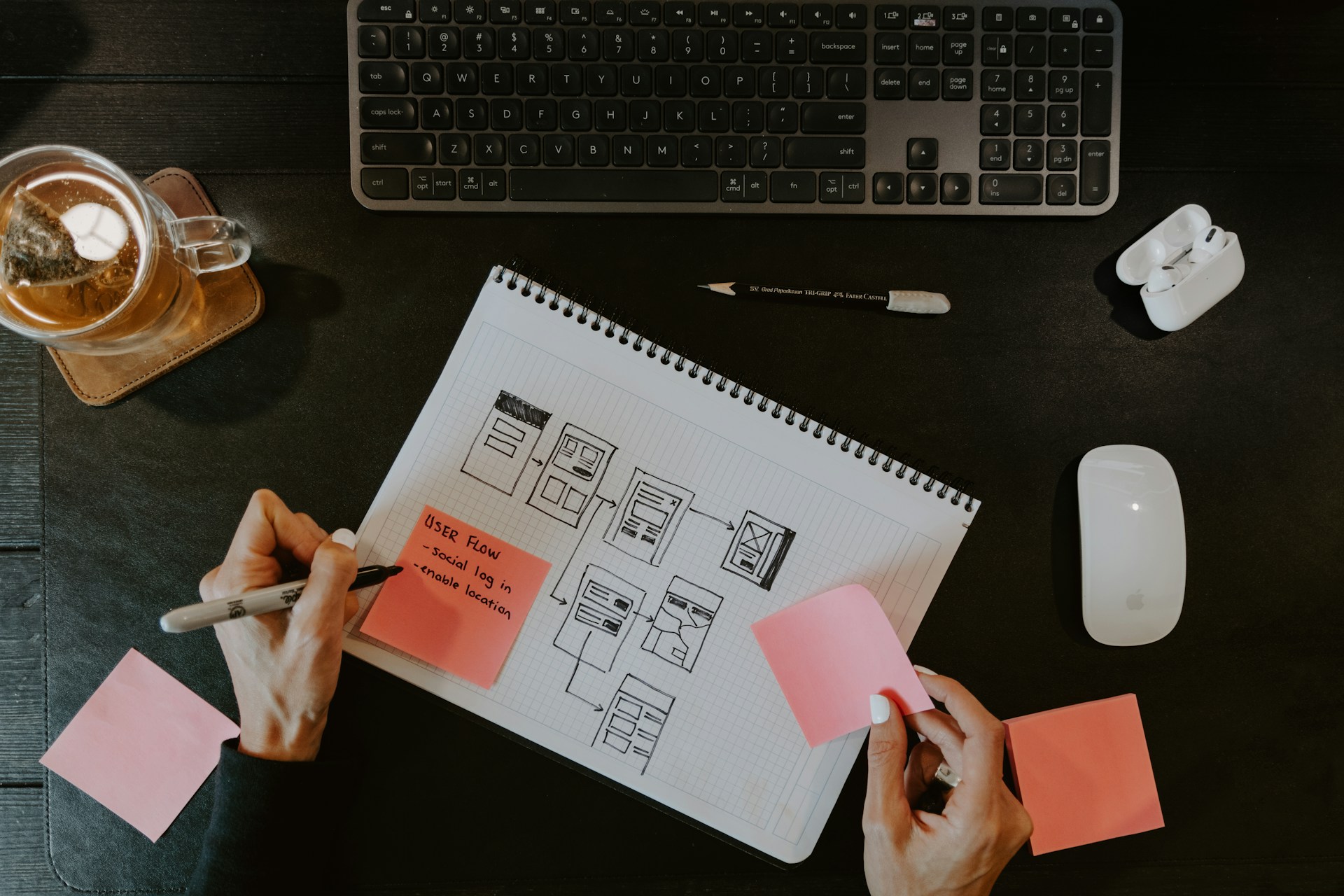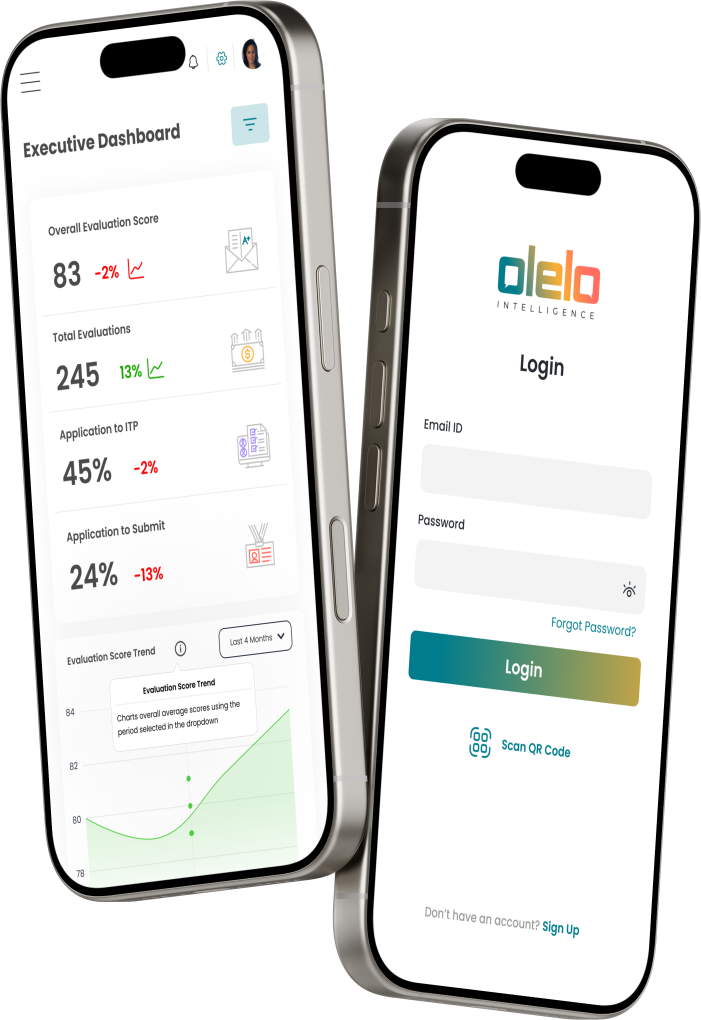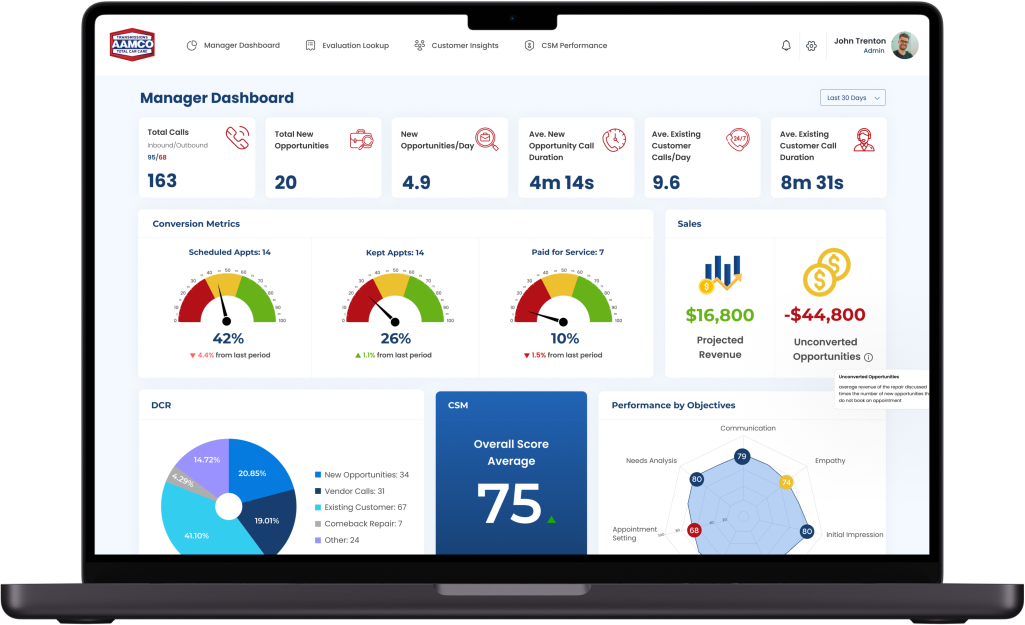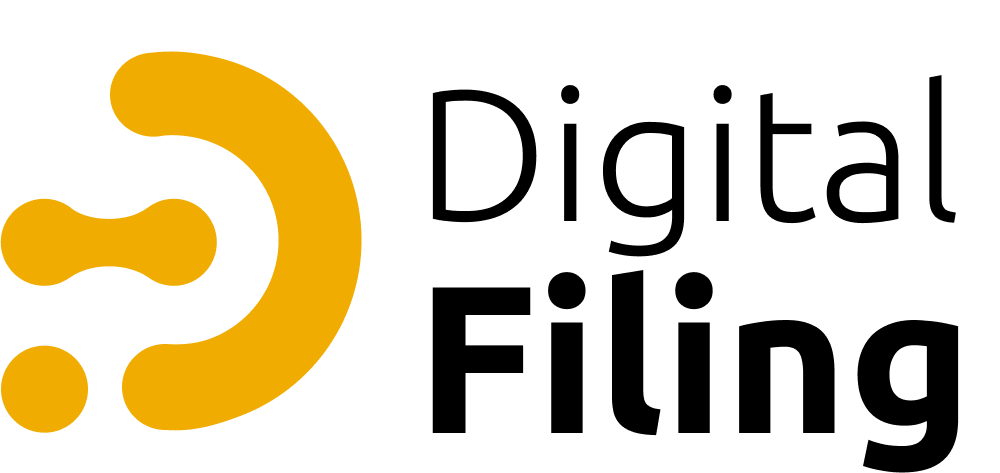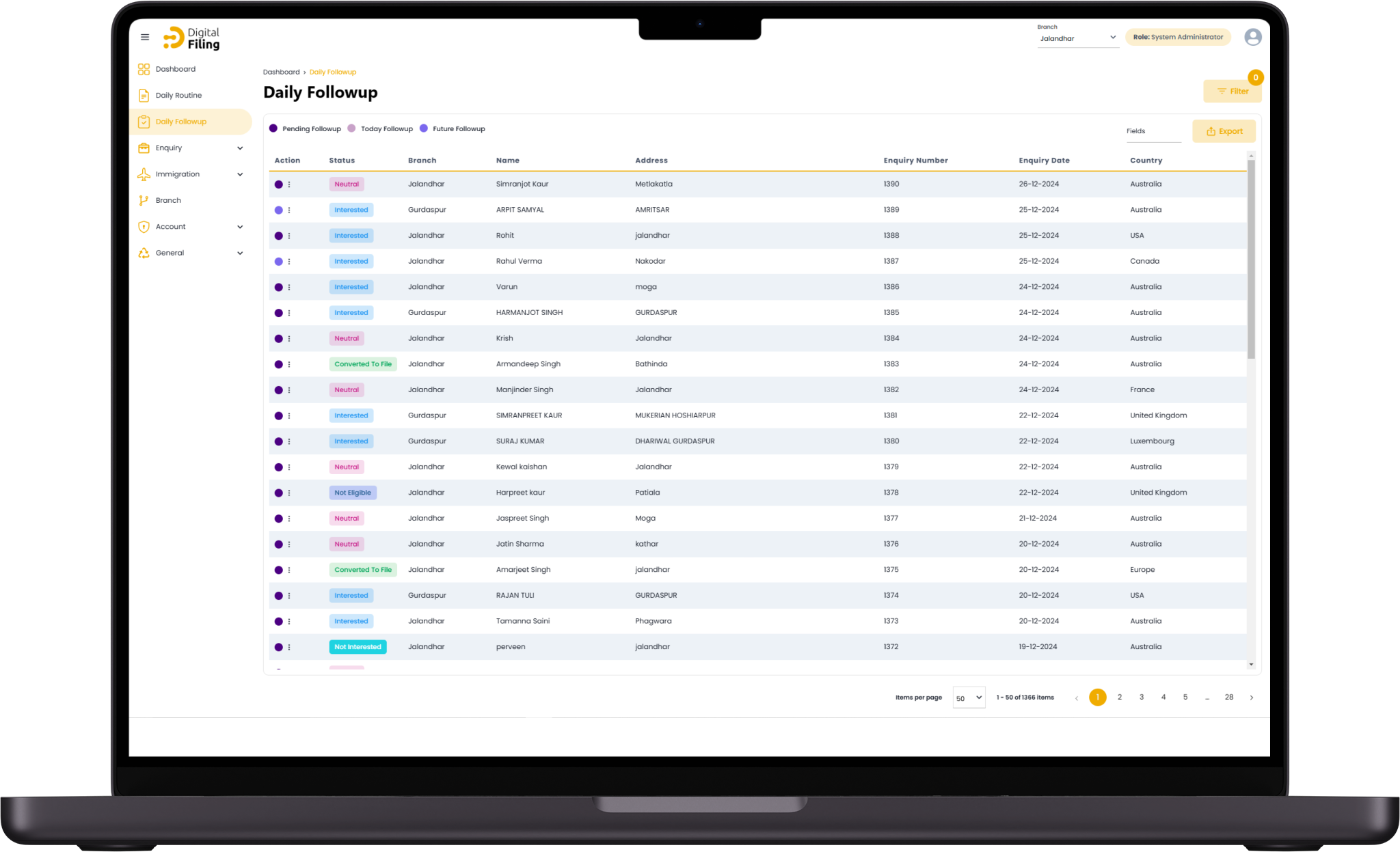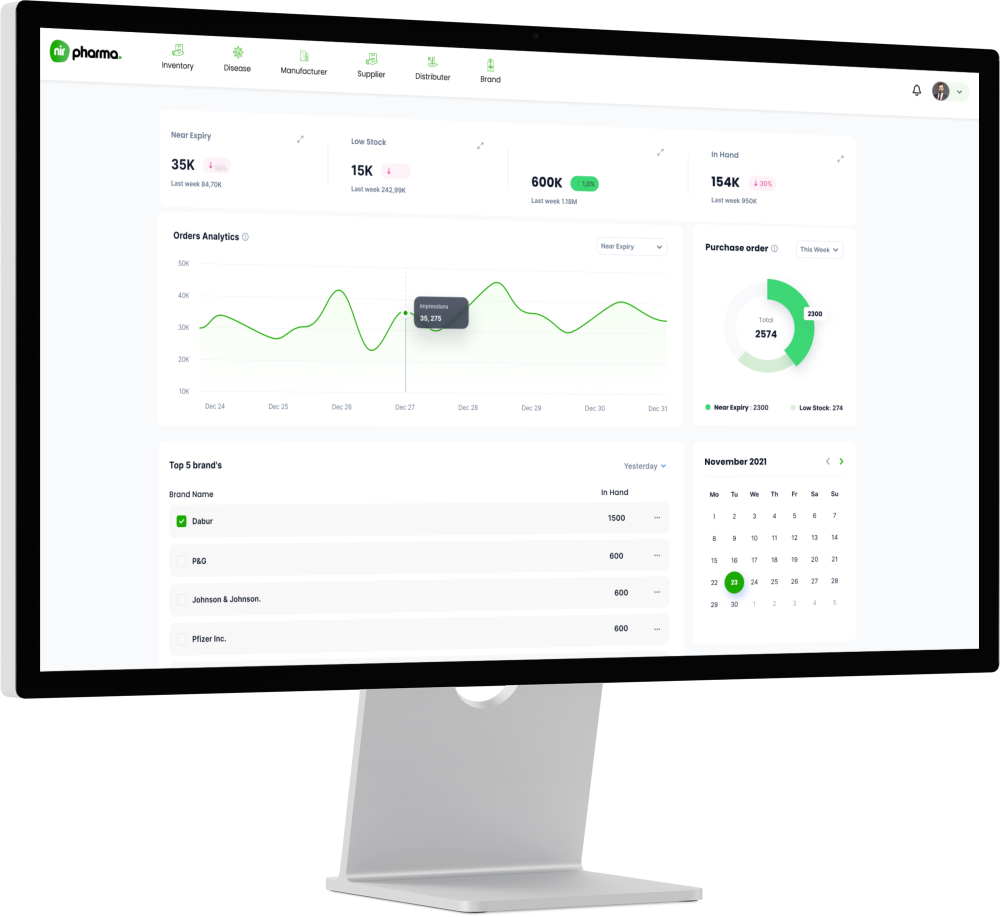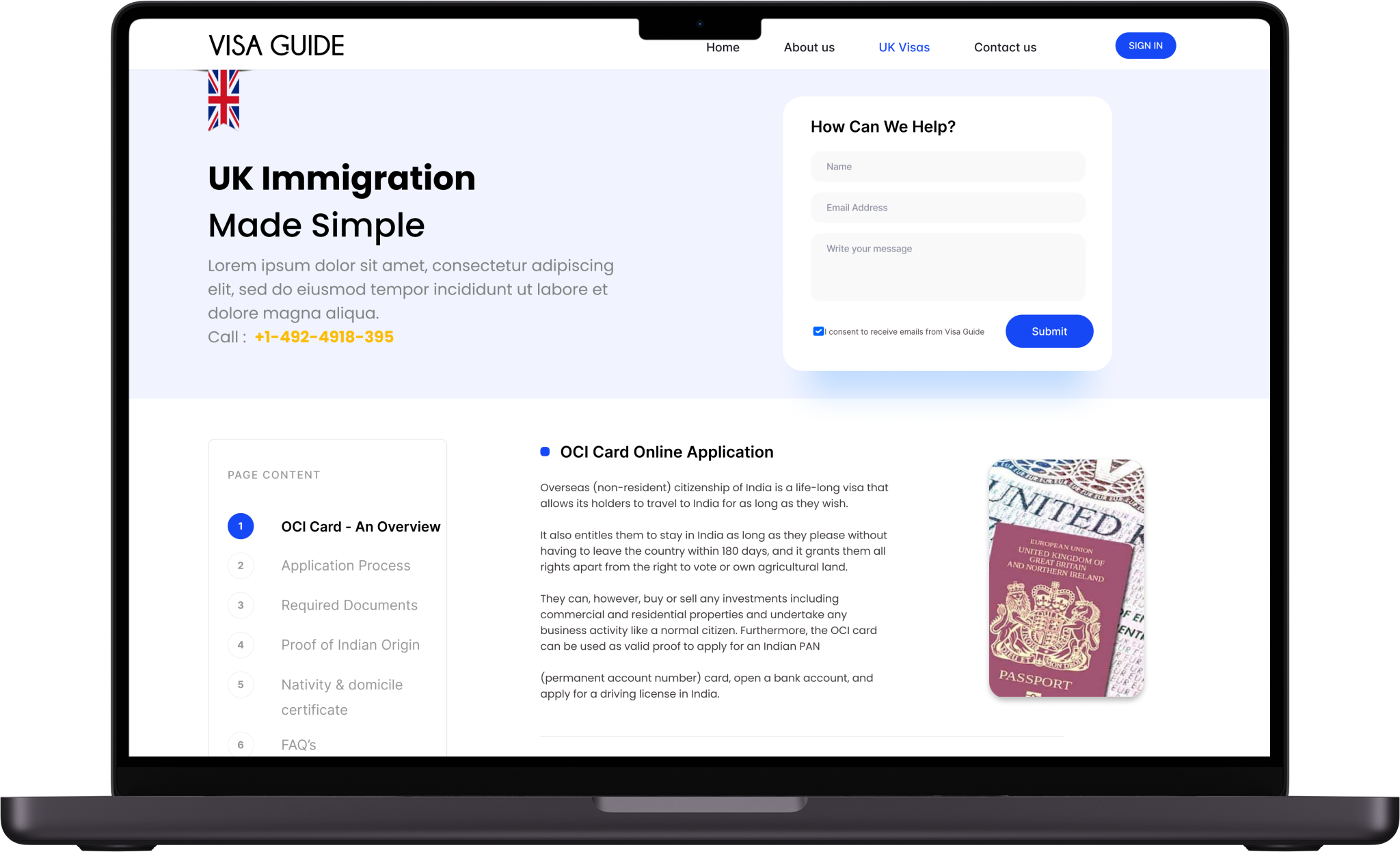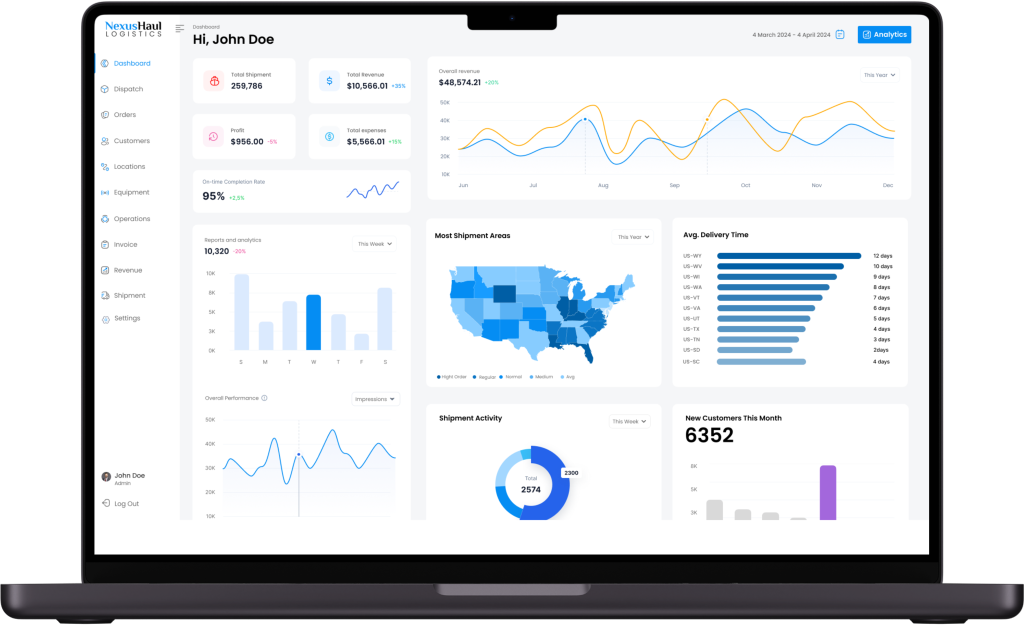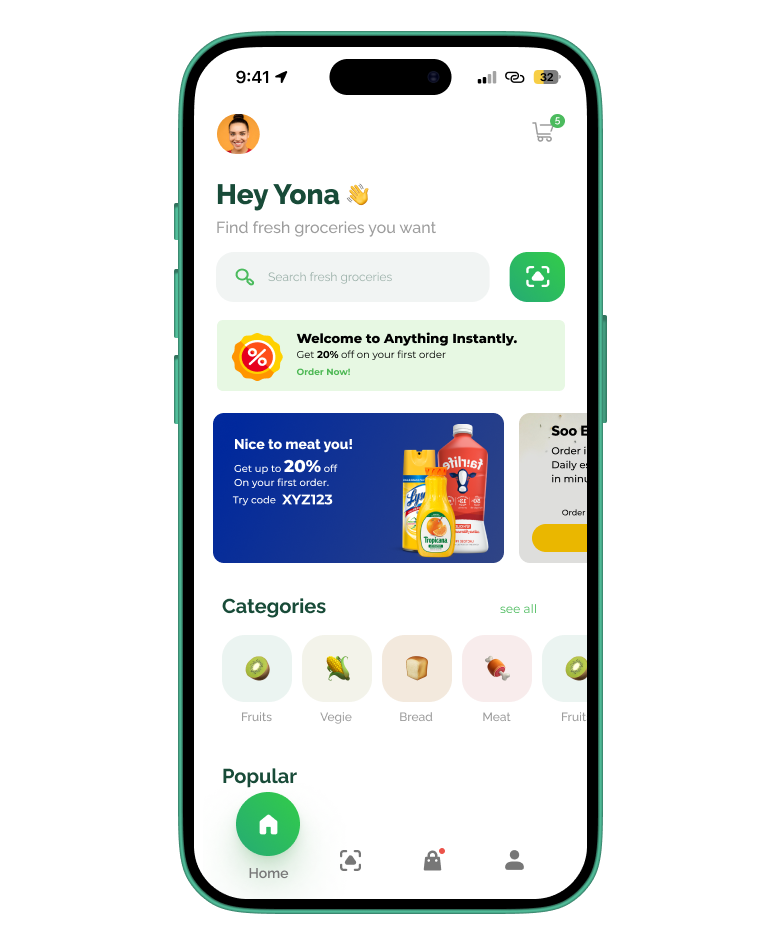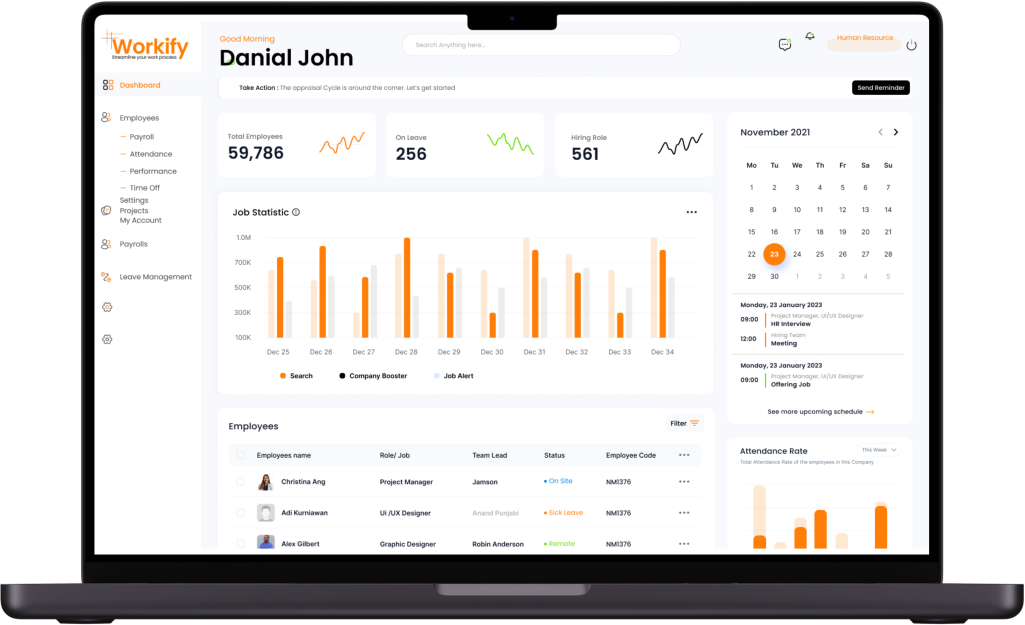The Need and Impact of Effective UI Design
Why is it important?
A well-designed UI captivates users, encouraging prolonged interaction and return visits.
Streamlined and visually appealing interfaces drive higher conversion rates.
Clear design guidelines and prototypes make for a smoother transition to the development phase.
Cohesive UI elements reflect and reinforce brand identity across platforms.
